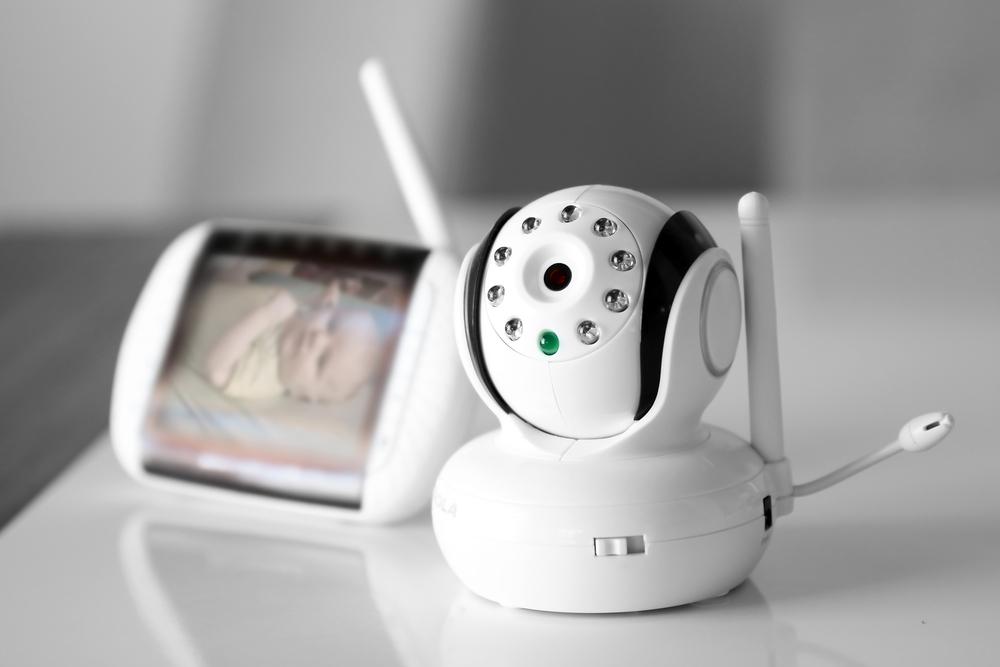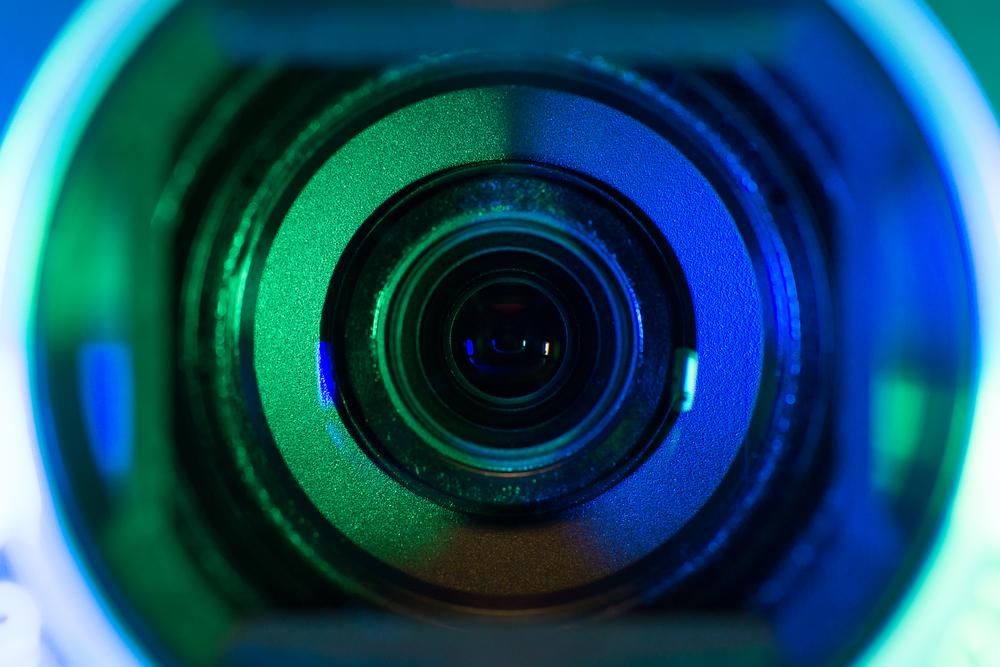Caught in the Act
The spread of surveillance devices in cities, on highways, and even in our homes is enough to make anyone paranoid. There’s a strong chance that you’re being monitored in some manner whenever you drive down the highway or through an intersection, use an ATM, or even when you knock on a neighbor’s door. Not all monitoring is legal: Individuals aren’t supposed to place listening devices or cameras where they can monitor unsuspecting individuals, and home systems can’t monitor neighboring properties.
A video "nanny cam" can be tucked away in a discreet location. Saklakova/Shutterstock






